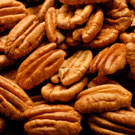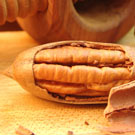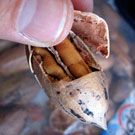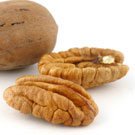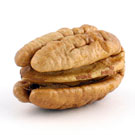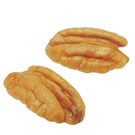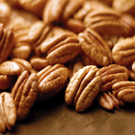Pecan Trees for Sale Online
The pecan tree is native to North America, and most pecan tree varieties grow well from Illinois down to Florida and across the south to Texas. The tree may reach 70 to 100 feet in height and 40 to 80 feet in width. As a member of the Hickory family, the wood is very good for building fine furniture or for general construction, however it is not as hard as hickory. Wondering where to buy pecan trees? The pecan nut trees for sale at Willis Orchards are a true delight. Pecans are heart-healthy, containing 87% unsaturated fatty acid. They are high in vitamins and minerals, containing over 19 vitamins and minerals. The pecan offers antioxidant properties that reduce LDL cholesterol (Bad cholesterol) build-up. Pecans are prized mainly for their lumber and for their delicious nuts.
(Click for more)Type 2 Pecan Trees
Type 1 Pecan Trees
Northern Pecans
When planting pecan trees, they need to be spaced 40 to 60 feet apart in orchard plantings and no closer than 40 feet for home plantings. However, pollination may occur between trees over 200 feet apart. To ensure production of nuts, you must plant two varieties. Some self-pollination may occur, however it is highly recommended to plant at least three varieties together for maximum pollination and production. We classify the pollination periods of each tree as either protandrous (Type 1) or protogynous (Type 2.) You should mix Type 1 and Type 2 for best pollination and highest yields.
(Click for more)